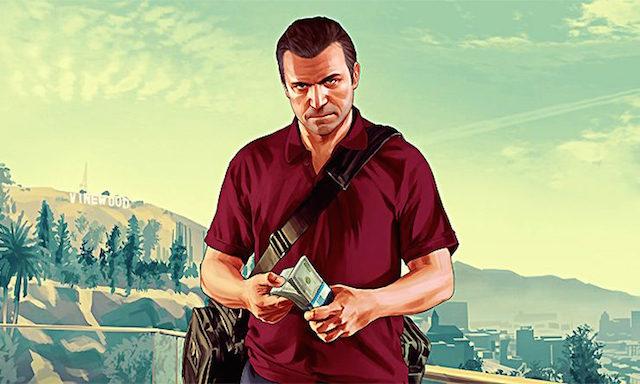In a nutshell, microtransactions refer to any purchases made during a game.
For example, if a player wanted to buy a new skin for their character or a new weapon, they could pay a small price - maybe €1.99 - and gain access to it. Most games that contain microtransactions do so in conjunction with offering the game itself free-of-charge.
This means you can download and play the game for free, but if you want to play extra levels, select more skins or items, or have more features in the game, you must pay for them. Prices vary, but microtransactions are one of the most profitable new parts of the gaming industry - and one of the most reviled.
Generally speaking, microtransactions in gaming are referred to in a derogatory fashion as "pay-to-win" games. If you pay for the best equipment in the game, you'll have a better chance of winning over someone who hasn't. Multiplayer gaming is supposed to be about who's the best player, not who can afford to buy the best equipment or items, hence the bad sentiment.
Another aspect of why microtransactions are so hated by players is that they can sometimes constitute a form of gambling. The basic concept of "loot boxes" is that players will pay a small price for a random assortment of items that they won't have any idea about before purchase. In some instances, players can receive extremely rare items. Other times, it's stuff they already have.
In 2017, the Gaming Comission of Belgium described loot boxes as a form of underage gambling, and called for them to be banned in Europe. Developers specifically target players in trying to get them to buy loot boxes, which has resulted in serious backlash over the years.
For example, 'Star Wars: Battlefront II' featured loot boxes, as well as having special characters only available through microtransactions. The backlash was so extensive that EA Games eventually relented and removed both loot boxes and microtransactions from the game for a period of time while the system was quietly reworked and relaunched.
Microtransactions are most popular in mobile games such as 'Candy Crush', 'Dead Trigger' and 'Clash of Clans'. A study in 2013 found that over 90% of all revenue generated by iPhone and Android app stores came from free-to-play games with microtransactions.
As the production costs for major games like 'Red Dead Redemption II' begin to reach those of major movie blockbusters ('Red Dead Redemption II' had an estimated budget of $200-300 million), developers and distributors are looking at ways to keep players playing their games longer, specifically so that they can make more money from them.
Never mind the fact that these games must be bought at a cost of anything up to €80, additional items like skins, weapons and the like are made available to be purchased through in-game stores - all using microtransactions. Games like 'Grand Theft Auto V', which was released back in 2015, still have an active playerbase - solely from downloadable content that gives players new cars, new weapons and new missions to play online in multiplayer, all paid for with microtransactions.
Despite the distaste for microtransactions by players, the fact remains that they're here to stay as long as players keep buying. The second anything becomes unprofitable for developers, it's usually jettisoned in favour of something that is.
And that's it for this week's Gamer Explainer! If you've got any suggestions for next week's column, or think we need to make some changes to this article, contact [email protected] with the subject line 'Gamer Explainer' and let us know.









































































